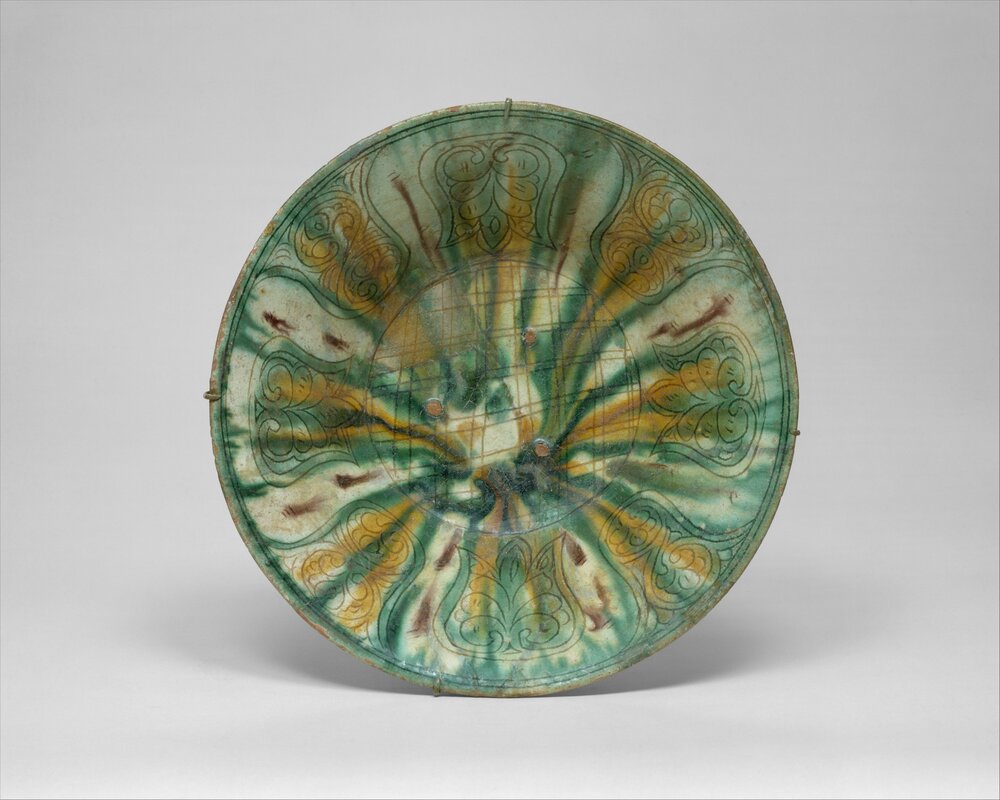Neyshabur: a prosperous town of the ancient world

TEHRAN – A heaven for history buffs, Neyshabur (Nishapur) was once a prosperous town during the medieval times now situated northeast of modern Iran.
Situated some 70 km west of Mashhad, Neyshabur was founded around the third century CE. Narratives say “Nishapur” derived its name from its alleged founder, the Sasanian king Shapur I.
It grew to prominence in the eighth century and was ruined by invasions and earthquakes in the thirteenth century. After that time, a much smaller settlement was established just north of the ancient town, and the once-bustling metropolis lay underground—until a team of excavators from the Metropolitan Museum arrived in the mid-twentieth century.
The town underwent rounds of excvacation as of 1935 by experts from the Department of Near Eastern Art at The Metropolitan Museum of Art.
According to the Metropolitan Museum of Art, its affiliated archaeologists worked at Neyshabur between 1935 and 1940, returning for a final season in the winter of 1947–48.
The excavators had been drawn to the city because of its fame in the medieval period when it flourished as a regional capital and was home to many religious scholars. It was also known as an economic center—Neyshabur was located on the trade route known as the Silk Road, which ran from China to the Mediterranean Sea, crossing Central Asia, Iran, Iraq, Syria, and Turkey along the way.
In addition, Neyshabur was a source of turquoise and a center for growing cotton, producing cotton textiles as well as several types of fabric incorporating silk, called ‘attabi, saqlatuni, and mulham. One of the most unusual products of Neyshabur, however, was its edible earth, which was believed to have curative properties. At its peak between the ninth and thirteenth centuries, Neyshabur had a population of approximately 100,000 to 200,000 people, and development covering an area of approximately six and a half square miles.
The Museum’s team of researchers, Joseph Upton, Walter Hauser, and Charles Wilkinson, worked at Neyshabur under a cooperative agreement with the Iranian government that permitted them to excavate so long as half of the material found was shared with the Iran Bastan Museum in Tehran, according to the Metropolitan Museum of Art.
Their trenches were located throughout the medieval city, sited where significant finds had already been made by locals or where they could obtain permission to dig (as much of the site was under cultivation). They gave each site a name based on its local nickname or a distinguishing topographical feature.
Two areas provided particularly rich finds. The first site to be excavated, called Sabz Pushan (“green mound” in Persian), had been a thriving residential neighborhood occupied between the ninth and twelfth centuries, with houses of three to four rooms connected by small alleys. Of the large area this neighborhood once occupied, approximately fifteen houses were eventually excavated. One of these houses had particularly well-preserved decoration, with carved stucco panels covering the lower part of the wall, the dado, in several rooms. The panels were originally painted in bright yellows, reds, and blues, with equally colorful murals on the plaster walls above, but once the panels were exposed to the air, the colors that the excavators first saw quickly disappeared.
At a part of the site the locals called Tepe Madrasa, the excavators had expected to find one of Neyshabur’s famed institutions of learning, or madrasa. Instead, they uncovered a largely residential area with a mosque that had been developed and rebuilt in several phases between the ninth and twelfth centuries. Inside one of the residences, perhaps the palace of the city’s ninth-century governors, they found a room with an extraordinary set of wall paintings whose iconography appears unique to the site.
Hundreds of objects were discovered during the excavations. Each year, the Museum’s share was shipped back to New York, where the objects were restored and placed on display. Over the past years, the conservators in the Museum’s Department of Objects Conservation have re-treated all the excavated objects under a special grant to preserve this important archaeological source.
These objects were significant in providing information on several different artistic traditions. In terms of ceramics, they brought to light several types whose decoration was unique to this part of Iran. These were typically decorated with strong-colored slips, made of diluted clay, in bold patterns. The distinctive ceramics produced in Neyshabur were traded around the region, and have been found at Herat, Merv, and Samarqand.
The evidence from the excavations also revealed much about the development of architectural decoration in northeastern Iran. Walls in residences and public buildings throughout Neyshabur were decorated in many different ways, from frescoes to carved and painted stucco, terracotta panels to glazed ceramic tiles.
Carved stucco decoration, perennially important in Iranian architecture, was represented in examples found throughout the site. The exteriors of large public buildings were clad in baked bricks set in decorative patterns, large terracotta panels carved with multilayered ornament, or glazed tiles, often in shades of bright blue.
“Beautifully decorated spindle whorls were excavated by the hundreds. Smaller items such as toys, game pieces, musical instruments, and beads throw light on everyday activities in Neyshabur and give us a better understanding of daily life for its citizens,” the Metropolitan Museum of Art says.
Furthermore, Neyshabur was a significant hub for the manufacture of glass, metal, and stone vessels as well as textiles. However, none of the latter were found in the excavations, probably due to their highly perishable nature.
AFM
